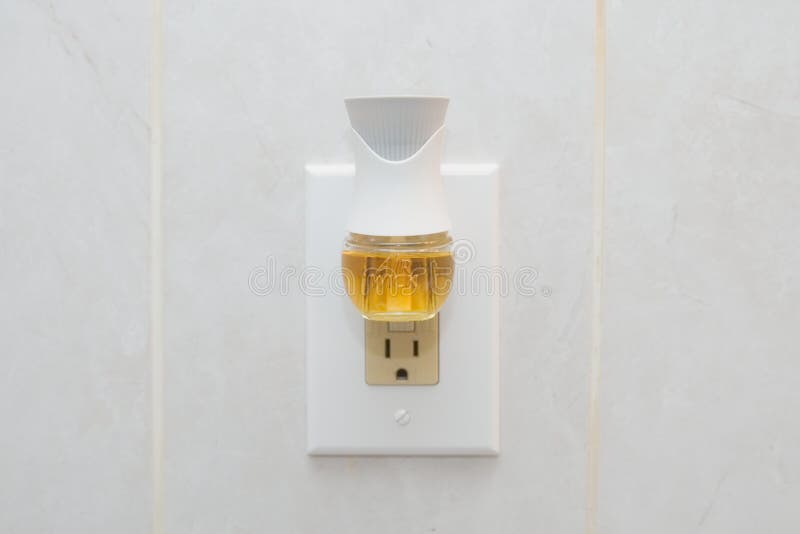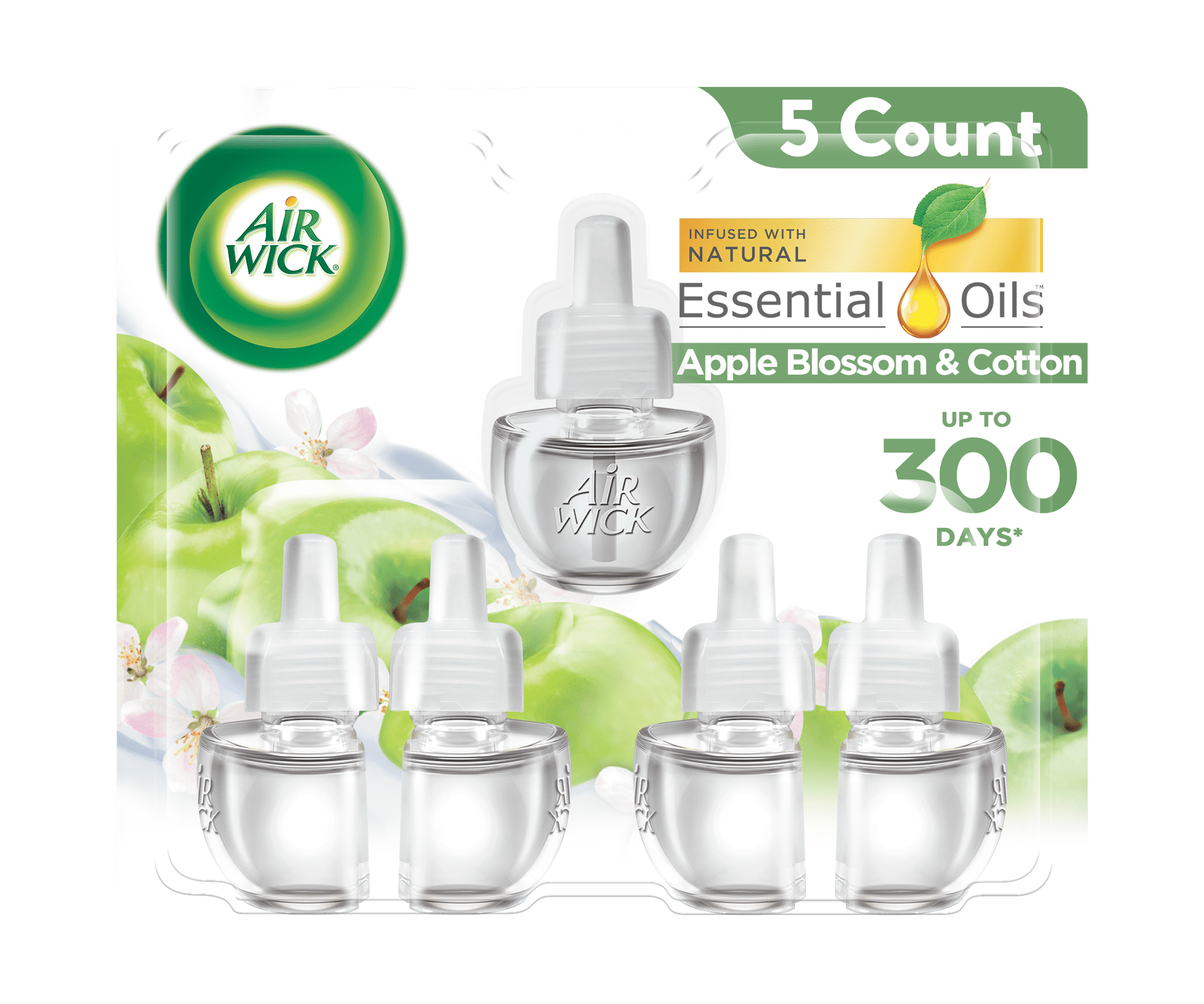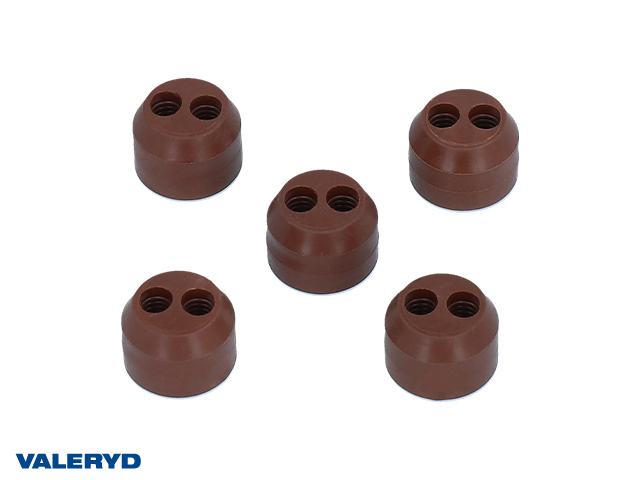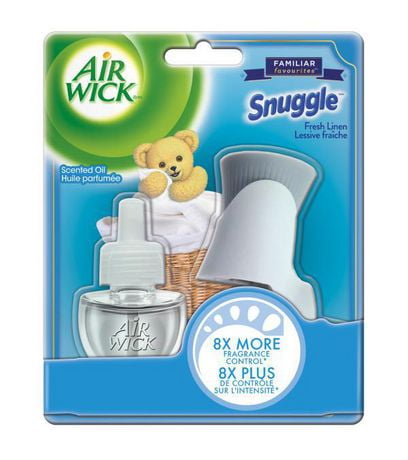

When we start digging into the actual ingredients in Air Wick’s plug-ins, sprays, candles, and more, we see some pros and cons… THE PROS Are Air Wick Plug-In Air Fresheners, Sprays, and Other Products Toxic? This is why Air Wick’s parent company, Reckitt, now lists Air Wick’s fragrance ingredients on their website. With an increase in consumer demand for transparency and safety, along with a couple of new California laws about ingredient disclosure, many brands are beginning at least make their ingredients available for customers to find.

We’re starting to make progress in this area, though. You can read more about this fragrance loophole problem here. As we’ve discussed frequently on The Filtery, the word “ fragrance” (or “parfum” or “eau de toilette”) presents a big problem for conscious consumers because of what many call the “fragrance loophole.” This loophole allows companies to include roughly 4,000 different chemicals (and that number keeps getting bigger) in their products while hiding them under that one word: “fragrance.” Some of these ingredients are completely safe, while others are known toxins. (Reckitt also owns a number of other popular household brands like Lysol, Woolite, Mucinex, and more.)Īir Wick’s plug-in air fresheners essentially just include “one” ingredient: fragrance.

A few suggested oil combinations are lavender and lemon, orange and cinnamon, and basil and peppermint. The vodka helps thin out the oil so that it will move more easily up the reeds. Mineral oil is less viscous than vegetable oil and is better at carrying the scent up the reeds. They are also available for purchase online. A lot of health stores and candle shops carry reeds. A container with a wide base and a small opening works best, as they discourage evaporation. Or, experiment with combining oils for a highly-personalized scent - just be sure to test out the combination by adding a drop or two of each of the oils to a cotton ball to make sure the blend is appealing to you. To skip the unwanted ingredients and the expense, try making your own oil diffuser using an essential oil of your choosing. The cost of many these packaged diffusers is unfortunately not as pleasant, however, and they often contain unnatural ingredients that we don’t necessarily want diffused around the house along with the scent. Oil diffusers are a great way to infuse your home with a continuous and subtle scent, while avoiding the potential danger of a flame from a candle.

Clove oil: helps relieve nasal congestion and also contains aphrodisiac qualities.Rosemary: stimulates the mind and improves memory.Lavender: improves sleep quality and calms the nervous system.Here are some common essential oils and their benefits: Don’t let the price tag scare you off - just a few drops of essential oil goes a very long way - and those tiny bottles will most likely end up lasting you years. Look for essential oils at health and natural foods stores or online. If you haven’t used essential oils before, don’t be afraid to jump in.Įssential oils are a highly-concentrated and fragrant liquid extracted from plants and can provide a range of theraputic and health benefits. Plus, you can completely tailor the scents to your preferences or your needs. Making your own air fresheners using essential oils is a money-saving way to add pleasant, fresh scents to your home while reducing your exposure to unwanted chemicals.


 0 kommentar(er)
0 kommentar(er)
